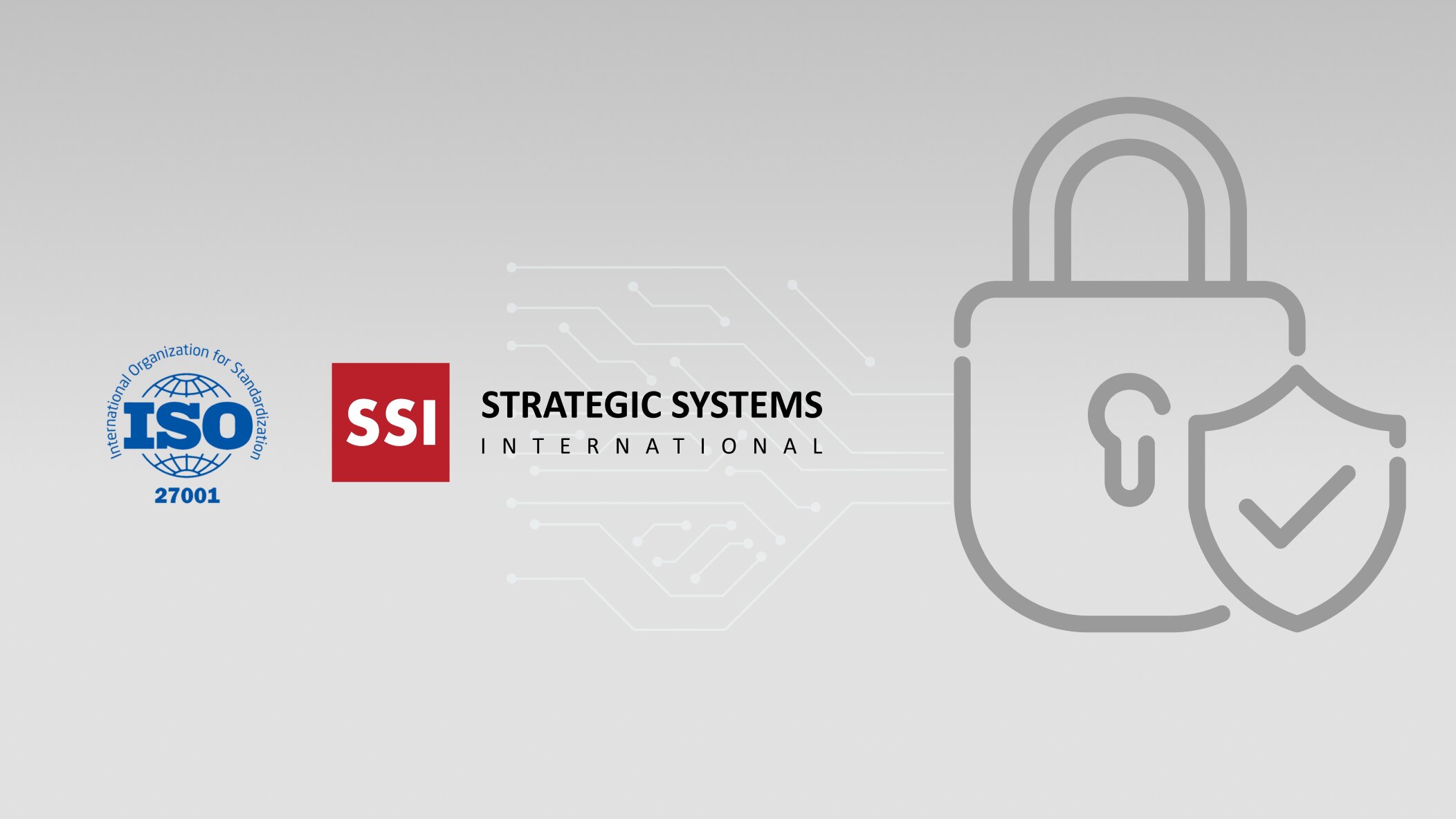1. Improved inventory accuracy
Combining RFID with machine learning, businesses can predict demand accurately and identify anomalies in customer behavior to manage inventory levels better and reduce unnecessary costs. IoT sensors can track inventory levels in real-time, allowing for greater accuracy in planning and forecasting. Walmart utilizes RFID IoT technology in its warehouses and stores to track inventory faster. This is achieved through RFID tags, which are placed on each item in the warehouse or store and can be scanned via a reader to determine the product’s location. This data is then relayed to customers via the company’s website and mobile app, allowing them to make informed shopping decisions based on the most up-to-date information.
2. Streamline communication across stakeholders
With real-time data and machine analytics, businesses can gain greater visibility into their operations and manage logistics more effectively. Tesla connected their products to the cloud to collect data in real-time and share it with stakeholders, such as customers and service centers, enabling them to make better decisions based on current information. In addition, Tesla’s AI-driven analytics engine can detect potential issues before they become unresolved problems, providing a proactive approach to management and allowing for efficient solutions without delays.
Read More: Three Major Internet of Things (IoT) Trends in 2022
3. Real-time tracking of sensitive goods
Monitoring the temperature and humidity of perishable goods during transit allows businesses to optimize their delivery schedule, thereby improving customer satisfaction and reducing the likelihood of expensive product loss in transit. With IoT sensors, businesses can track goods and materials moving through the supply chain for enhanced visibility. UPS has implemented a package tracking platform that integrates IoT sensors on shipping containers to ensure delivery accuracy and reduce the number of lost or stolen packages.
4. Warehouse Automation and Optimization
Automated warehousing systems equipped with IoT sensors can identify and locate items quickly, reducing the need for manual labor. Amazon has implemented automated warehouses in many of its fulfillment centers, enabling them to drastically reduce the amount of time and resources required for order fulfillment. Businesses need precise and readily available data to power their automated systems as they automate more and more warehouse jobs.
Read More: Blockchain Disrupting the Status Quo Within Manufacturing Industry- Three Use Cases
5. Supply Chain Optimization
IoT data allows for better decision-making and predictive analysis, allowing businesses to optimize their supply chains for improved efficiency and profitability. IBM’s Digital Supplier Network leverages IoT data to predict demand, assess supply risks, and optimize supply chain operations.
6. Enhanced Security
Businesses can significantly reduce theft and human error by monitoring and tracking packages in real-time and achieve enhanced security using IoT sensors attached to packages and shipments. This lets businesses quickly detect any unusual activity or potential theft, increasing confidence in the supply chain’s security. IoT data-driven systems can also identify fraud, detect discrepancies, and help validate deliveries. HP utilizes connected sensors embedded in its products which can alert the company if any products are at risk for damage or tampering. HP’s monitoring system allows them to adjust and optimize delivery routes to ensure that their products are delivered safely and securely.
Please contact us at sales@ssidecisions.com to explore how your business can benefit from Blockchain and IoT technologies. E-mail to book a free consultation now!
Accelerate your digital and product engineering capabilities through remote work!
As companies struggle to maintain business continuity and maintain their digital growth trajectory, we are fully prepared and experienced to partner.



